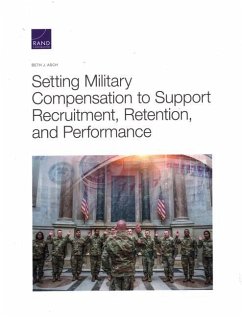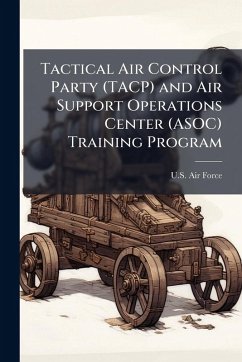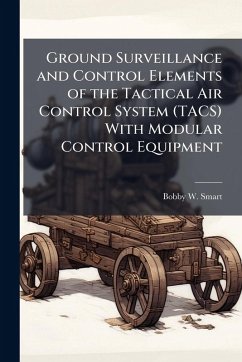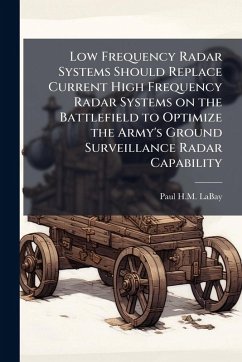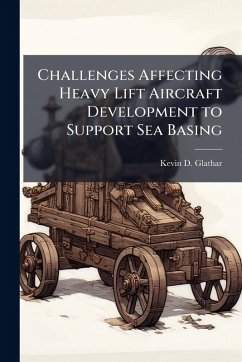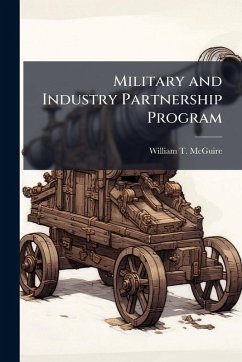
Determining Logistics Ground Support Manpower Requirements for a Reusable Military Launch Vehicle
Versandkostenfrei!
Versandfertig in über 4 Wochen
22,99 €
inkl. MwSt.
Weitere Ausgaben:

PAYBACK Punkte
11 °P sammeln!
Successful space-based technologies like satellite imagery and GPS have increased military demand for a rapid-response launch capability. AF Space Command's Operationally Responsive Spacelift program was developed to ensure that the AF has the capability to launch a payload into orbit within hours of a tasking notification, and requires development of a new space launch vehicle. The Reusable Military Launch Vehicle (RMLV) is currently in the design phase. The AF Research Laboratory sponsored development of the MILEPOST simulation model in order to assess the turnaround time, and thus responsiv...
Successful space-based technologies like satellite imagery and GPS have increased military demand for a rapid-response launch capability. AF Space Command's Operationally Responsive Spacelift program was developed to ensure that the AF has the capability to launch a payload into orbit within hours of a tasking notification, and requires development of a new space launch vehicle. The Reusable Military Launch Vehicle (RMLV) is currently in the design phase. The AF Research Laboratory sponsored development of the MILEPOST simulation model in order to assess the turnaround time, and thus responsiveness, of various design alternatives. The focus of this thesis is to improve the fidelity of the MILEPOST model by assessing the logistics manpower required to support the modeled turnaround activities. The research determined the appropriate AF organizational structure and manpower requirements for RMLV ground support agencies based on the activities modeled in MILEPOST. This information will be incorporated into the model in future research efforts, resulting in the capability to evaluate RMLV design alternatives based on both turnaround time and workforce requirements. This work has been selected by scholars as being culturally important, and is part of the knowledge base of civilization as we know it. This work was reproduced from the original artifact, and remains as true to the original work as possible. Therefore, you will see the original copyright references, library stamps (as most of these works have been housed in our most important libraries around the world), and other notations in the work. This work is in the public domain in the United States of America, and possibly other nations. Within the United States, you may freely copy and distribute this work, as no entity (individual or corporate) has a copyright on the body of the work. As a reproduction of a historical artifact, this work may contain missing or blurred pages, poor pictures, errant marks, etc. Scholars believe, and we concur, that this work is important enough to be preserved, reproduced, and made generally available to the public. We appreciate your support of the preservation process, and thank you for being an important part of keeping this knowledge alive and relevant.




